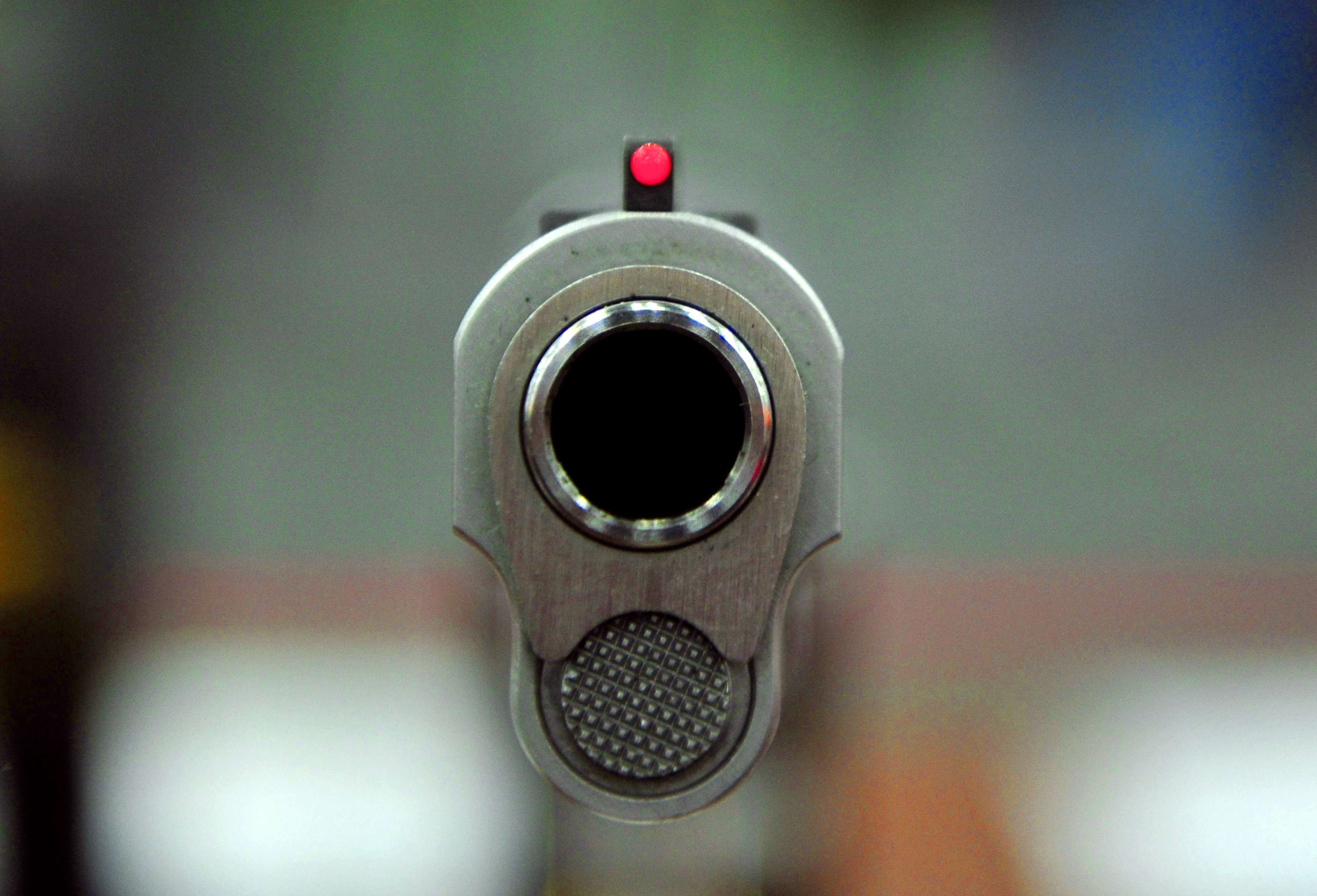The Volokh Conspiracy
Mostly law professors | Sometimes contrarian | Often libertarian | Always independent
The Federal Circuits' Second Amendment Doctrines

Since the Supreme Court's 2008 District of Columbia v. Heller, the U.S. Circuit Courts of Appeals have decided nearly 150 Second Amendment cases. From these cases, a fairly consistent set of doctrines has been developed. My new article The Federal Circuits' Second Amendment Doctrines synthesizes and analyzes this emerging law. (The article is co-authored with Joseph G.S. Greenlee, and was submitted to law reviews yesterday.) The article covers all substantive topics on which the Circuits have ruled, from ammunition to zoning.
Of course not all Circuit decisions are perfectly consistent with each other. And the Second Circuit has become an outlier, structuring the Second Amendment standard of review to foreclose almost all potential challenges to government action. In general, though, the Circuits have developed a Second Amendment methodology with the following characteristics:
When Second Amendment rights are at issue, rational basis review is off the table. The Second Amendment right has many purposes, including self-defense, hunting, target shooting, militia, and all other lawful purposes. Self-defense is at the core of the right. The "arms" protected by the Second Amendment are the common arms typically possessed by law-abiding citizens, rather than dangerous and unusual weapons.
Most Circuits apply the Two-Part Test created by the Third Circuit in United States v. Marzzarella. In Step One of the Test, the issue is whether the government law or action restricts the Second Amendment right, as that right has been traditionally and historically understood. The government may win the case at Step One if the government can carry its burden of proving that the restriction at issue is outside the traditional understanding of the Second Amendment right.
If the government does not carry its burden on Step One, the case proceeds to Step Two, where some level of heightened scrutiny will be applied.
Some laws, such as a near-complete ban on bearing arms in public, are unconstitutional without need to resort to strict or intermediate scrutiny. For other laws, the choice between strict and intermediate depends on a variety of factors, including: the scope of the persons affected (all law-abiding persons vs. particularly dangerous persons), the scope of restriction (prohibition vs. regulation), where the law applies (inside the home vs. in public), whether the law limits a person's choice of arms, and whether the law affects self-defense and defense of others.
The Supreme Court in Heller and McDonald v. Chicago described certain gun controls as being "presumptively lawful." Laws which are exactly the same as the ones listed in Heller are often tested under Step One, but sometimes under Step Two. Laws which are claimed to be analogous to the specific laws named in Heller/McDonald are best tested in Step Two, but are sometimes analyzed under Step One.
The standards for Second Amendment strict or intermediate scrutiny (or for "not quite strict scrutiny") are drawn from their First Amendment analogues. The more stringent the scrutiny, the stronger a government interest that must be shown, and the better the "fit" must be between the law and the government interest. For example, strict scrutiny requires proof that the law is the "least restrictive alternative." In intermediate scrutiny, the government need only prove that there are no alternatives which would burden substantially less of the rights of law-abiding citizens.
In Step Two, as in Step One, the burden of proof is always on the government.


Show Comments (0)